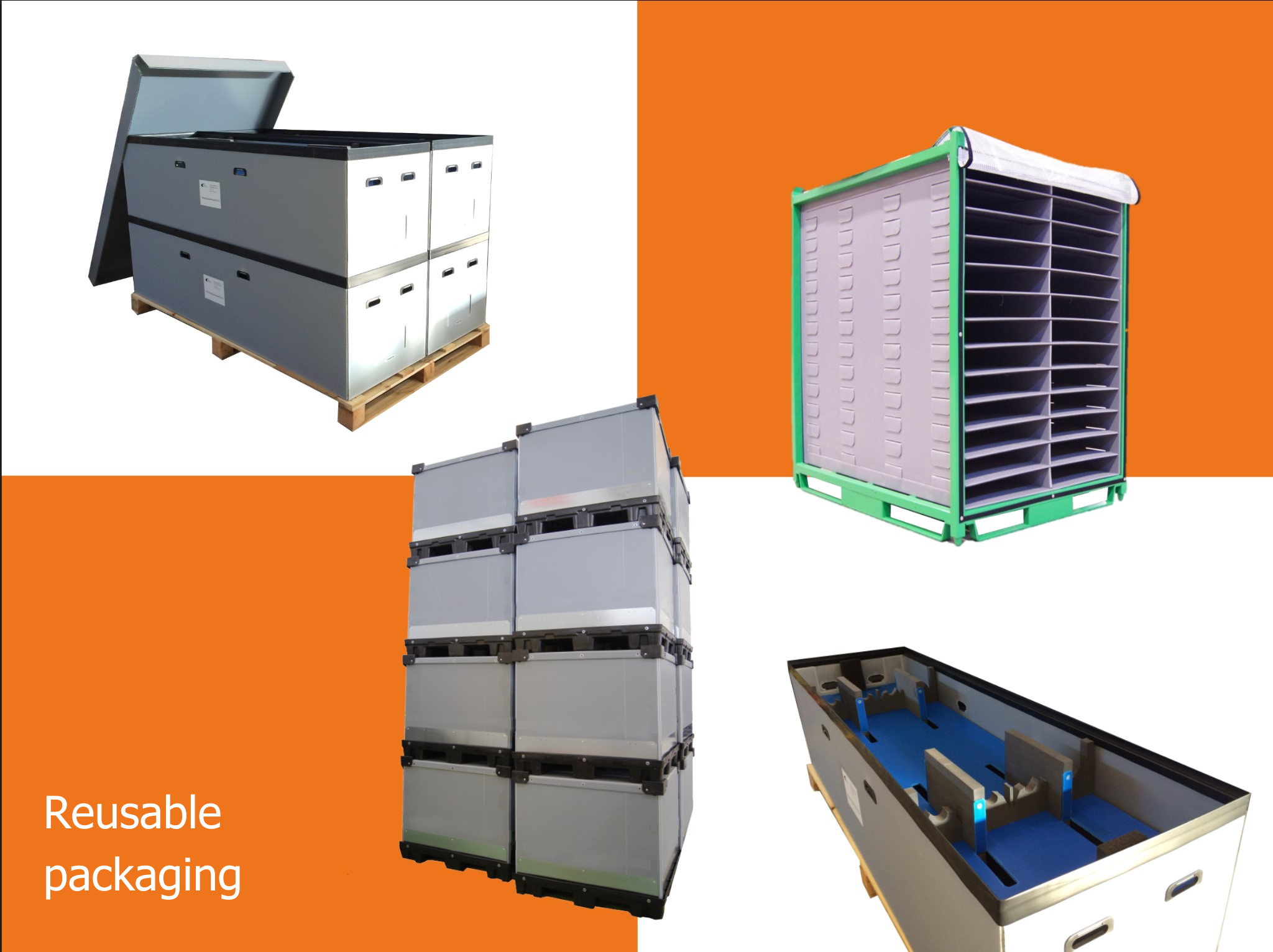The importance of packaging in green logistics
Green logistics is a strategic approach that seeks to reduce the environmental impact of every activity in the supply chain, from sourcing or production to distribution and transportation. It is a comprehensive transformation of the entire strategy, structure and processes of companies, with the aim of creating environmentally responsible and resource-efficient logistics networks.
A more environmentally responsible warehouse
Sustainable warehousing consists of having an infrastructure that is capable of moving goods faster and more efficiently than conventional logistics procedures. This results in a reduction of the pollution produced by this activity, as well as cost savings.
In the warehouse, in addition to the machinery and energy sources used, it is essential to analyze and optimize the packaging and order preparation policy. In this sense, the design and use of packaging is a critical point in achieving green logistics. Packaging designs that make the best use of space should be used, both in storage and during transport. In addition, the use of recyclable or reusable materials helps to achieve more sustainable logistics within the company. Here you can learn about our recyclable packaging and our reusable packaging, all of them 100% customizable and personalized, according to the characteristics of the goods to be contained.
A more sustainable transport
Transportation is another key activity that we must take into account in order to be more environmentally responsible. From vehicles or means of transport that reduce CO2 emissions to the maximum use of space on each trip, there are many aspects that can be improved.
Focusing on the packaging used to transport goods, special attention must be paid to its design, as it is vital for the product to be protected while minimizing the use of space and optimizing to avoid empty spaces.
It is important to cultivate a more eco-responsible relationship with suppliers and customers, as goods are often packed in larger-than-necessary packaging and filled with bubble wrap or loose packaging that is removed along the logistics chain as needed. This sub-optimal secondary packaging leads to sub-optimal loads. As a result, companies and consumers bear additional costs in the transportation and logistics system, in addition to generating a larger environmental footprint due to inefficient transportation.
Many focus only on the outbound journey. However, the return journey of some transports can also be improved, for example, by opting for vacuum folding cartons if they are reusable. Otherwise, the best option is to use 100% recyclable packaging, in order to reduce waste from this logistics activity.
 More circular packaging
More circular packaging
Avoiding excessive packaging and unsustainable packaging is essential for green logistics. In this context, it is important to reduce filler materials, with the consequent reduction of waste and costs, and to avoid using several packages for one product. In addition, it is essential to opt for sustainable materials, such as cardboard, a recyclable and circular option.
Reusable packaging can also be used, as it favors the development of the circular economy, optimizing the use of available resources and reducing the volume of waste generated.

At DS Smith Tecnicarton, we want to help you to bet on this new concept of business activity that is more respectful of the environment. Shall we start to optimize your packaging?
